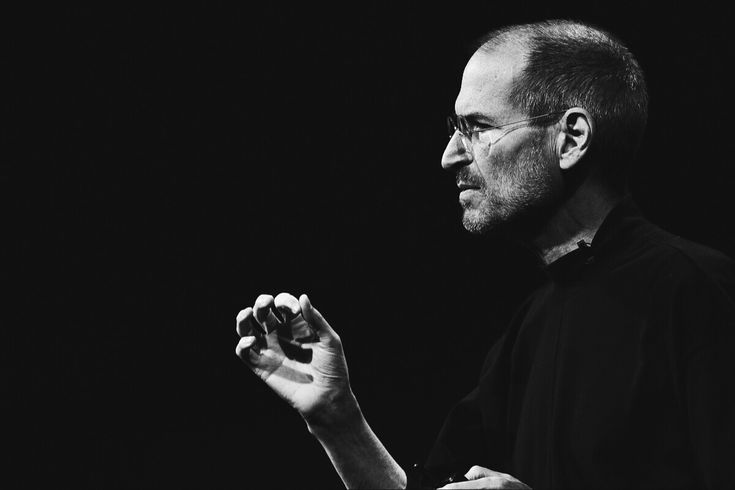The Art of Saying No and Leading with Focus
In a world driven by opportunity and constant connection, the power of saying no in business is often underestimated. Yet, some of the most successful companies and leaders attribute their clarity and growth to the decisions they didn’t make. At Fuzzy Port, we believe in smart strategies that combine curiosity with clarity—and knowing when to say no is one of them.
Whether you’re a startup founder, digital entrepreneur, or a creative professional, mastering the art of refusal is not about closing doors. It’s about opening the right ones—and guarding your focus while doing so.
Why Saying No Is a Strategic Advantage
Business is built on opportunities—but not all of them are worth your time, energy, or resources. When you say yes to everything, you dilute your focus. You stretch your team thin. You invite scope creep, burnout, and blurred priorities.
Saying no, however, gives you back control.
According to Harvard Business Review, the ability to say no is closely linked to higher emotional intelligence and better leadership performance. (source)
No is a filter. It keeps distractions out and keeps your mission clear. It’s the foundation of every great strategy.
The Emotional Power Behind No
It’s not easy to say no—especially when it involves people, partnerships, or projects you care about. But emotion doesn’t mean weakness. In fact, saying no requires courage, confidence, and conviction.
When done respectfully, it communicates boundaries, clarity, and self-awareness. It shows that you value what matters most—your time, vision, and well-being.
At Fuzzy Port, we talk a lot about the relationship between tech, productivity, and creativity. The secret isn’t doing more. The secret is doing the right things with intent.
When to Say No
Here are situations where saying no is not only okay—it’s essential:
- Off-brand collaborations that confuse your identity
- Feature creep that complicates product development
- Clients or partnerships that compromise your values
- Projects that don’t serve your long-term goals
- Requests that overwhelm your current capacity
Use your mission statement as a compass. If a request doesn’t align, politely decline.
How to Say No Without Burning Bridges

Saying no doesn’t have to be harsh or dismissive. Here’s how to do it with professionalism:
- Acknowledge the ask – Start with appreciation.
- Be clear and concise – Avoid long-winded justifications.
- Offer an alternative – If possible, suggest someone else or another timeline.
- Stay firm but kind – A soft tone with a clear message is powerful.
Example:
“Thank you for thinking of us for this project. At the moment, we’re focused on a different direction and won’t be able to commit. Wishing you the best in bringing this to life.”
This approach keeps relationships intact while still protecting your boundaries.
Real-World Examples of Strategic No

Steve Jobs famously said that innovation is saying no to 1,000 things. Apple’s minimalist product line was built on ruthless prioritization.
Similarly, Basecamp (now 37signals) founders Jason Fried and David Heinemeier Hansson often stress the importance of saying no to features that add noise instead of value.
Great businesses are built by choosing focus over frenzy.
The No That Fuels Growth
By saying no, you create space—for your best work, your boldest ideas, and your biggest breakthroughs. The most successful digital innovators understand this.
Final Thoughts
In business, yes is seductive—but no is powerful. When used with intention, it’s not a rejection. It’s a redirection. It guards your time, sharpens your focus, and anchors you to your true mission.
So the next time you’re torn between opportunity and alignment, pause.
Ask yourself: Does this serve the future I’m building?
If not, remember—the art of saying no might be your most strategic move yet.
Check our latest posts in fuzzyport.com.







